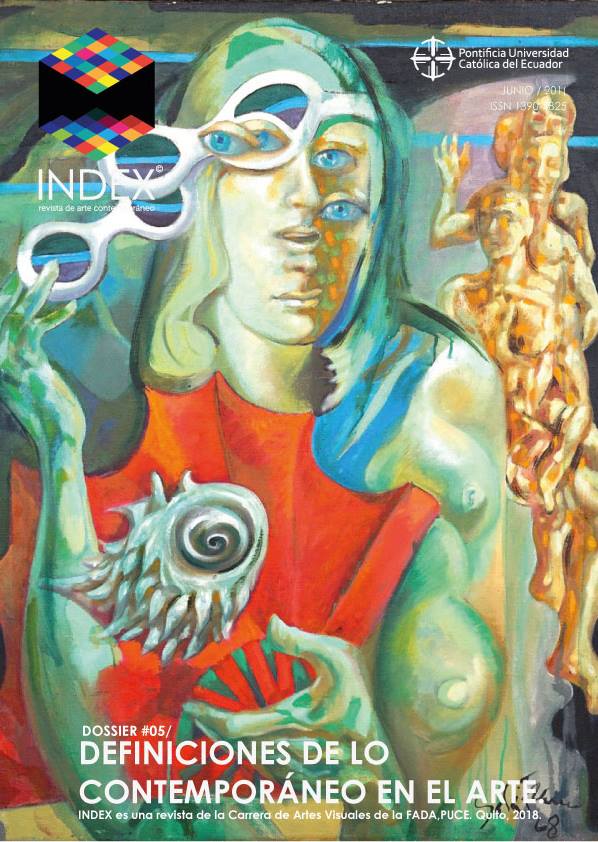Wellington Arpilleras: the threads of memory, a near-by far away, and a contemporary past
Main Article Content
Abstract
This text is a political reflection about the creative practice of the Wellington Arpilleras, a collective of Latin American women, living in Aotearoa New Zealand. This inquiry about the Wellington Arpilleras offers a way of “reading” their practice, by bringing forward the ethical and political nature of those group’s interventions that pass-through spaces often reserved to art, academia, and community. To articulate this paper, it is necessary to recall the notion of contemporaneity in Giorgio Agamben. Therefore, Agamben’s questions “‘Of whom and of what are we con-temporaries?’ and, first and foremost, ‘What does it mean to be contemporary?’” are the starting point this inquiry into Wellington Arpilleras practice, with an ethical-political perspective.
Downloads
Article Details
Index, revista de arte contemporáneo maneja sus derechos bajo licencia Creative Commons Reconocimiento-NoComercial 4.0. En ese sentido los envíos quedan sujetos a la decisión del autor.
References
Agamben, G. (2009). "What Is the Contemporary?" In What is an apparatus? and other essays, by Giorgio
Agamben, 39-54. Stanford, California: Stanford University Press.
Bacic, R. (2008). "Arpilleras que claman, cantan, denuncian e interpelan." Hechos del Callejón (Programa de Naciones Unidas para el Desarrollo PNUD) (42): 20-22.
Doolan, E. (2016). "Textiles of Change: How Arpilleras can Expand Traditional Definitions of Records." InterActions: UCLA Journal of Education and Information Studies 1 (12).
Rancière, J. (2010). Dissensus: On Politics and Aesthetics. London, New York: Continuum.
Traini, S. (2013). "Unforgotten to the unforgettable: How Arpilleras contributed to Chilean history informing everyday occupations and social change." Work-A Journal Of Prevention Assessment & Rehabilitation 93-96.
https://www.arpilleraswellington.com/

